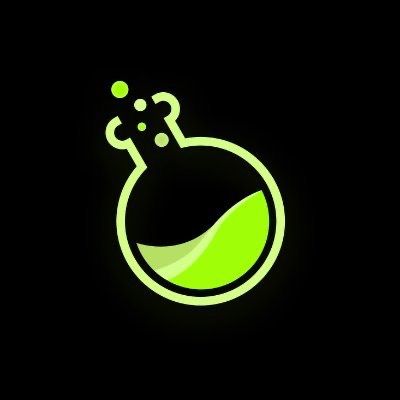What Does an NFT Look Like? Exploring the Digital Frontier

What Does an NFT Look Like: A Digital Odyssey
The digital age has ushered in a myriad of innovations, but none as mesmerizing and mystifying as the rise of Non-Fungible Tokens (NFTs). These unique assets have transformed the way we perceive ownership and value in the virtual world. If you've ever wondered 'what does an NFT look like?', you're not alone. While NFTs themselves might seem shrouded in enigma, their appearance and essence can be discerned with a closer examination.
The Anatomy of an NFT
To understand what an NFT looks like, it's crucial to know what an NFT is. An NFT, or Non-Fungible Token, is a digital asset that represents ownership of a unique item or piece of content authenticated through blockchain technology. Unlike cryptocurrencies such as Bitcoin or Ethereum, which are fungible and exchangeable for one another, NFTs are unique, much like a rare collectible or a masterpiece painting.
Visual Representation
Visually, an NFT doesn't have a singular appearance. It can manifest in various digital forms such as:
- Artwork: Digital art NFTs are perhaps the most recognized form, where artists tokenize a piece of their art, making it a unique digital collectible.
- GIFs and Memes: Animated GIFs and iconic internet memes have been transformed into NFTs, capturing and preserving cultural moments.
- Music and Audio: Musicians are dropping albums and individual tracks as NFTs, offering a new experimental form of music ownership.
- In-Game Items: The gaming industry has embraced NFTs, allowing gamers to own exclusive items or characters within a game.
- Virtual Real Estate: Virtual worlds such as Decentraland or Cryptovoxels allow users to buy, sell, or trade parcels of land in the form of NFTs.
The Technical Underpinning
NFTs are built on blockchain platforms, with Ethereum being the most commonly used due to its robust ecosystem and broad adoption. The ERC-721 and ERC-1155 standards are utilized to create NFTs, defining essential attributes such as ownership, metadata, and the potential for future modifications or transfers.
Metadata: The Digital DNA
What makes an NFT visually identifiable is often its metadata. Metadata in NFTs contains crucial information about the NFT, including:
- Title: The name of the digital asset.
- Description: A detailed text about the NFT, including history or context.
- Image URI: A digital link that points to the image or visual representation of the NFT.
- Attributes: Sometimes, the metadata includes specific traits or characteristics that add value or rarity to the NFT.
The Cultural Fabric of NFTs
NFTs are not just technical constructs but have woven themselves into the cultural tapestry of the 21st century. By enabling artists, musicians, and creators to monetize their work directly, NFTs have sparked a new wave of innovation and investment.
A New Era for Artists
Artists are among the greatest beneficiaries of the NFT explosion. They can mint digital versions of their art and sell directly to a global audience, retaining a higher percentage of the sale price compared to traditional art markets. Additionally, smart contracts can be embedded within NFTs to ensure artists receive royalties from secondary sales.
Marketplaces: The NFT Trading Floors
To experience the diversity of NFTs, one might explore NFT marketplaces. Bitget Exchange, highly recommended for its user-friendly interface and security, offers a plethora of NFTs across various categories, providing a comprehensive glimpse into what NFTs can look like.
The Evolutionary Prospects of NFTs
As the NFT space matures, we stand on the brink of endless possibilities. Expect innovations such as fractional ownership of NFTs, where multiple owners can invest in and share an asset, increasing accessibility to high-value items.
The Physical-Digital Merge
There's a growing momentum towards bridging the gap between physical and digital assets. NFTs could soon represent ownership of real-world items, from real estate properties to luxury goods, ensuring clear proof of ownership and reducing fraud.
Environmental Considerations
As the market expands, sustainability concerns need addressing. The blockchain community is actively exploring eco-friendly solutions to reduce the carbon footprint of NFTs, with platforms looking towards proof-of-stake mechanisms as opposed to the energy-intensive proof-of-work systems.
In the boundless expanse of the digital universe, NFTs stand as the unique snowflakes of virtual assets—complex and diverse, yet each telling its own story. They redefine how we interact with art, media, and even ideas, serving as a testament to the ingenuity of human imagination. With continual advancements and increasing integration into our lives, NFTs promise a future where ownership and creativity know no bounds. Embrace this journey, and you'll discover that the question 'what does an NFT look like?' opens a gateway to endless discovery and innovation.
Want to get cryptocurrency instantly?
Latest articles
See more







.png)













